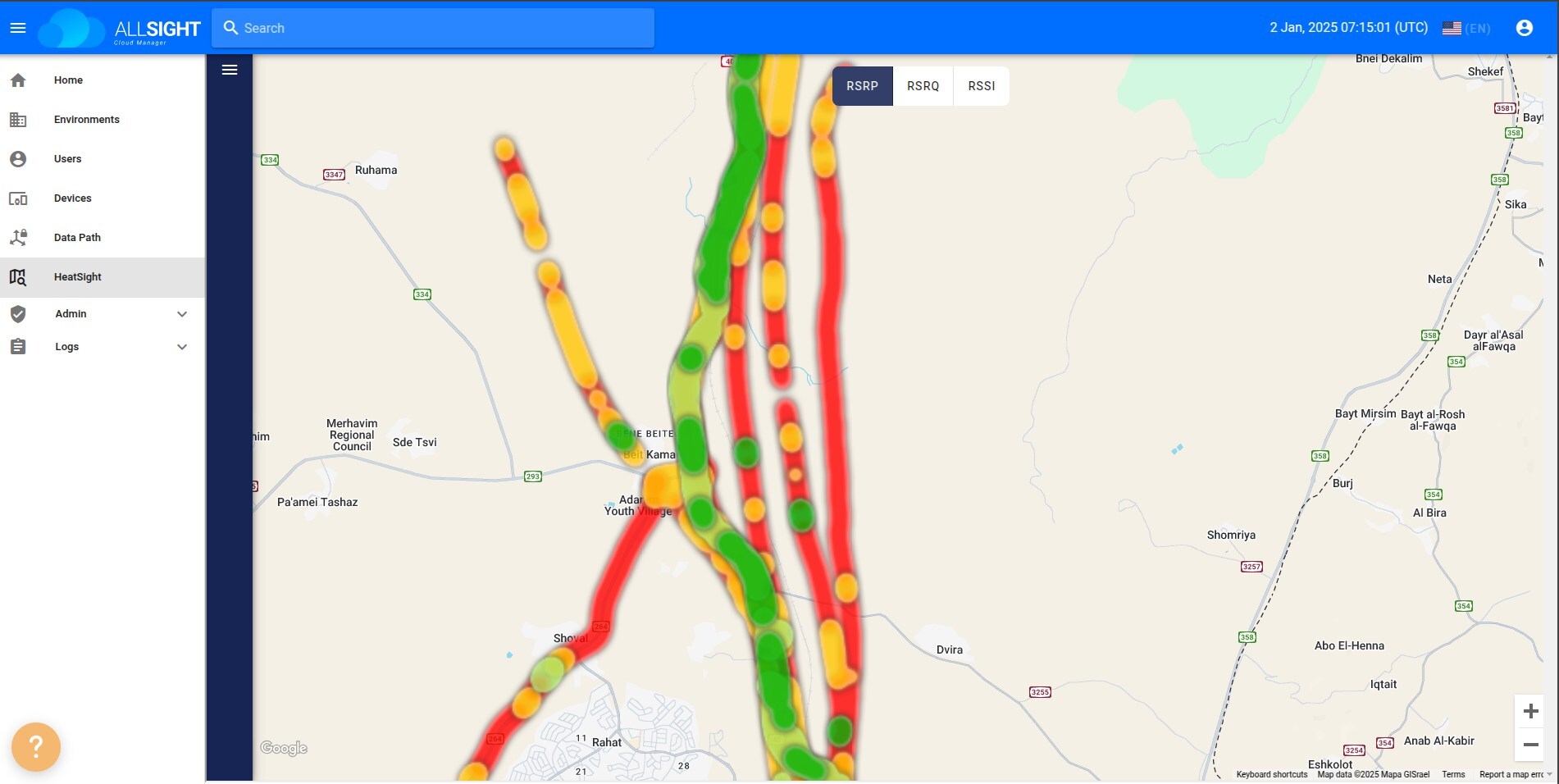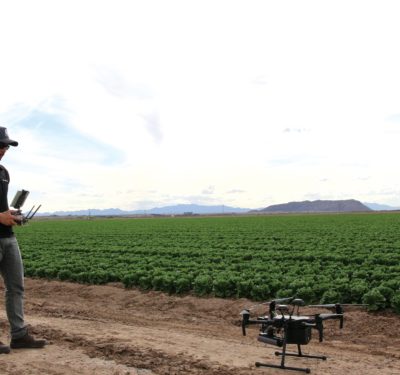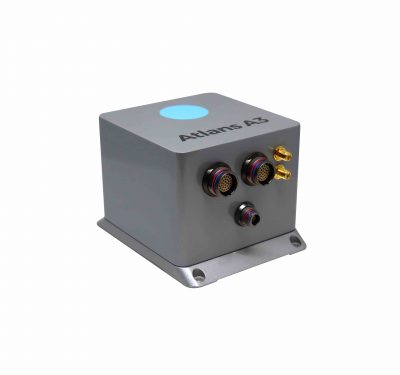Elsight, a provider of connectivity for unmanned and autonomous systems, announced the launch of HeatSight, a signal strength mapping tool which provides reliable data on cellular coverage for more effective and safer UAV flight planning.

HeatSight enables cellular coverage mapping of drone-flying altitudes by providing time-aggregated and altitude-based heatmaps, revealing where and when coverage thrives and where it falters across four dimensions (longitude, latitude, altitude, and time). Just as the traffic app Waze helps motorists avoid congestion, HeatSight can help UAV operators detect where cellular signal coverage is stronger for safer and more reliable flights.
HeatSight leverages Elsight’s Beyond Visual Line-of-Sight (BVLOS) Halo connectivity technology to record multiple RF (Radio Frequency) parameters during every flight for each cellular network and across different altitudes and times. The data is uploaded to Elsight’s AllSight Cloud Management platform, where it is aggregated over time to provide a continuously evolving picture of the network coverage landscape.
“Think about using Waze to determine your best routes, HeatSight gives your UAV operators the data on the paths of strongest cellular coverage for your BVLOS missions,” said Yoav Amitai, CEO of Elsight. “It’s not only about static information, but operators may discover that certain areas are experiencing signal congestion during specific periods or weather conditions which would enable them to adjust mission flight paths or times for uninterrupted connectivity.”
“By producing a detailed and accurate data history of cellular coverage, HeatSight could simplify regulatory mandates dictating that UAV flights maintain ‘well-connected’ paths. Over time, HeatSight could be used as a revenue-generator tool for mobile operators to serve the UAV industry more effectively,” added Amitai.





